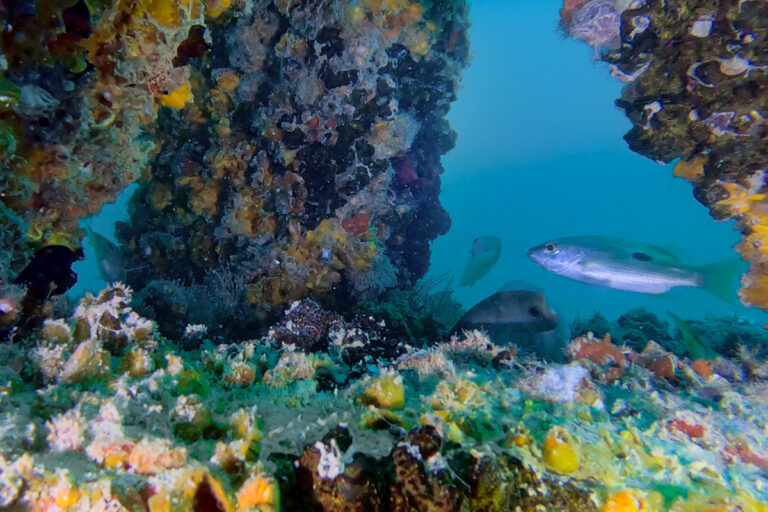Dubai’s waters are witnessing a transformation as DUBAI REEF, one of the world’s largest purpose-built reef developments, reports progress in marine ecosystem restoration.
New underwater footage from the proof-of-concept site reveals fish populations and habitats developing around the reef modules.
Dubai Reef: Restoring marine ecosystems
Surveys at the site indicate fish populations have increased across 15 native species, including snappers, groupers, and barracuda.
Data suggests a 10 per cent increase in marine biodiversity, with fish biomass rising eightfold – indicators of the initiative’s impact on the local ecosystem.
The first pillar, Marine Habitat Restoration, will see 20,000 modules fabricated and deployed across 600 km² of the Emirate’s waters by 2027.
Since launching in 2024, 39 per cent of the total reef modules have been fabricated, with 3,660 modules deployed.
The initiative includes two additional pillars – Marine Life Rehabilitation and Marine Conservation Research – contributing to marine conservation and sustainability objectives.
DUBAI REEF operates as a sustainability initiative by Dubai Can, launched under the directive of Sheikh Hamdan bin Mohammed bin Rashid Al Maktoum, Crown Prince of Dubai, Deputy Prime Minister and Minister of Defence of the UAE, and Chairman of The Executive Council of Dubai.
The initiative operates through collaboration between public and private partners including the Dubai Department of Economy and Tourism (DET); Dubai Environment and Climate Change Authority (DECCA); DP World; Dubai Chambers; Nakheel, a member of Dubai Holding Real Estate; Ports, Customs and Free Zone Corporation (PCFC); and Emirates.
The partners are advancing Dubai’s sustainability objectives and supporting United Nations Sustainable Development Goals (SDGs), including SDG 13 (Climate Action), SDG 14 (Life Below Water), and SDG 17- Partnerships.

